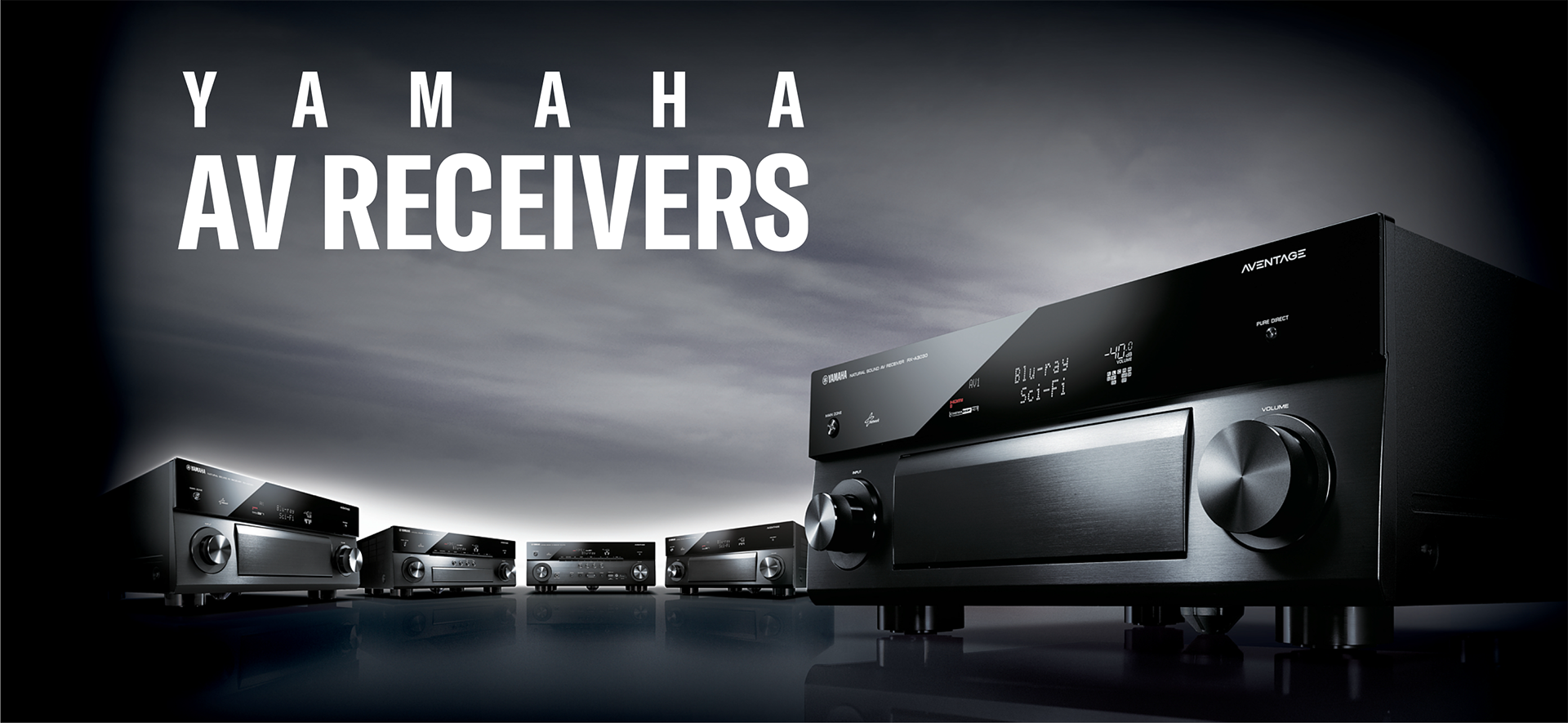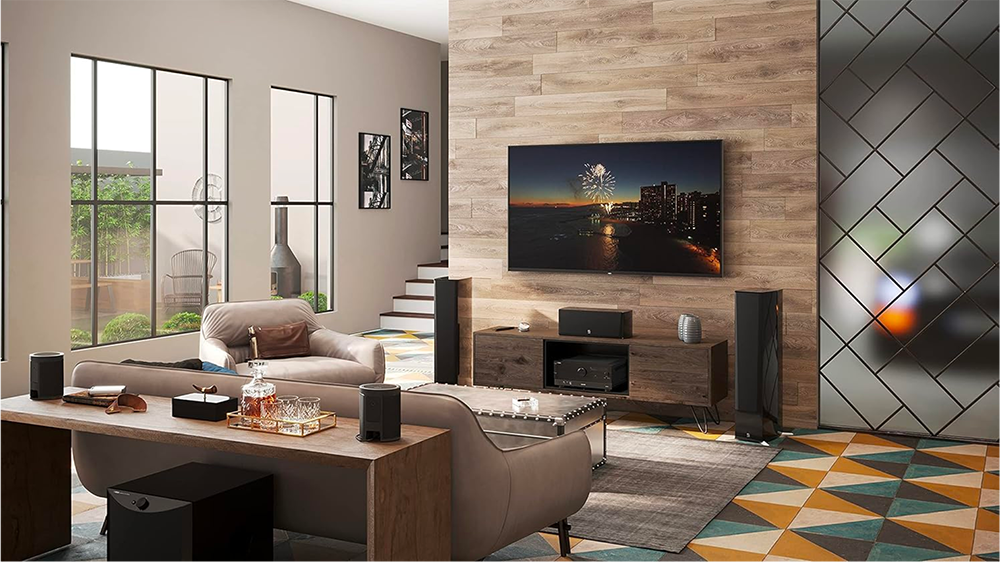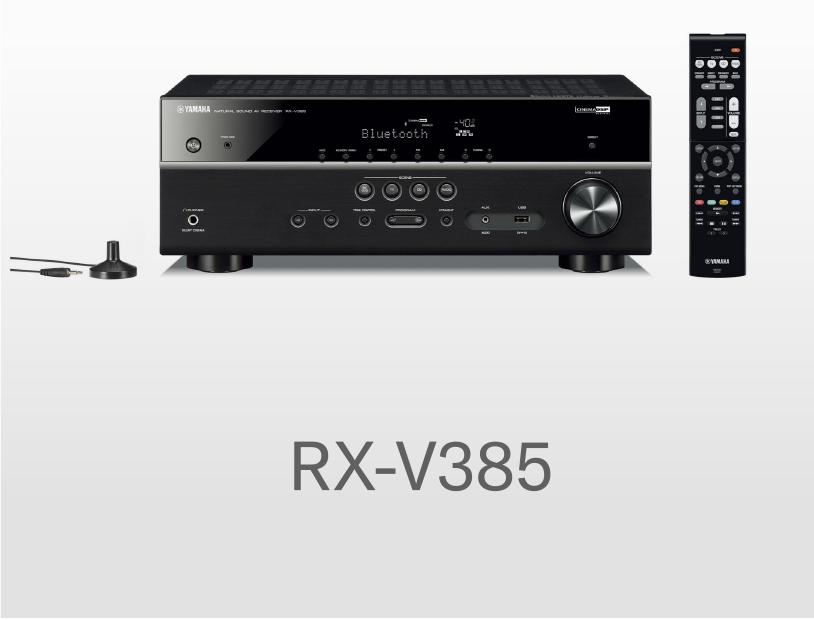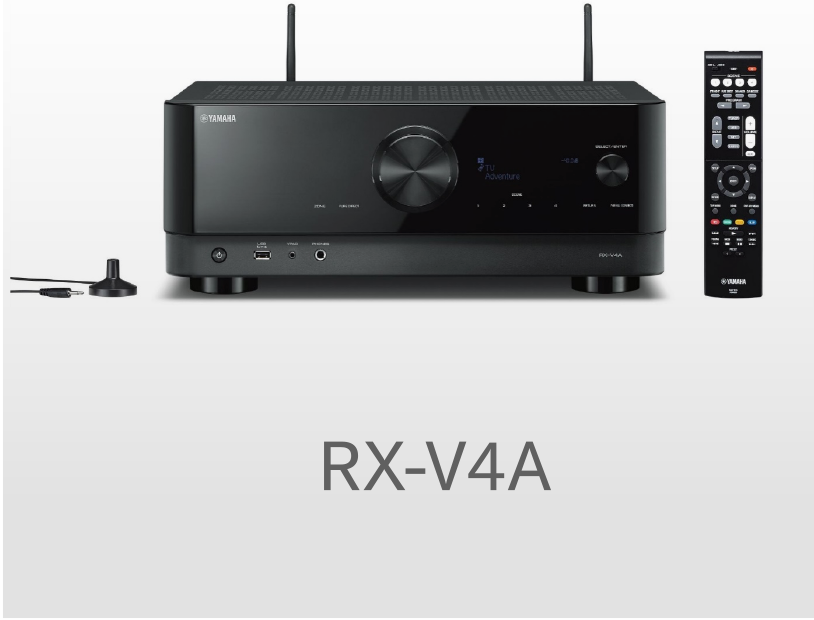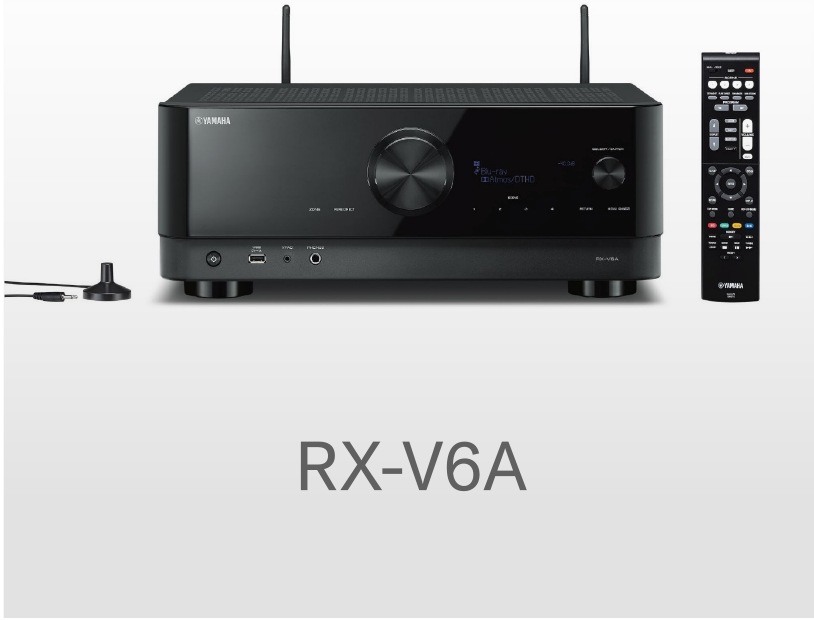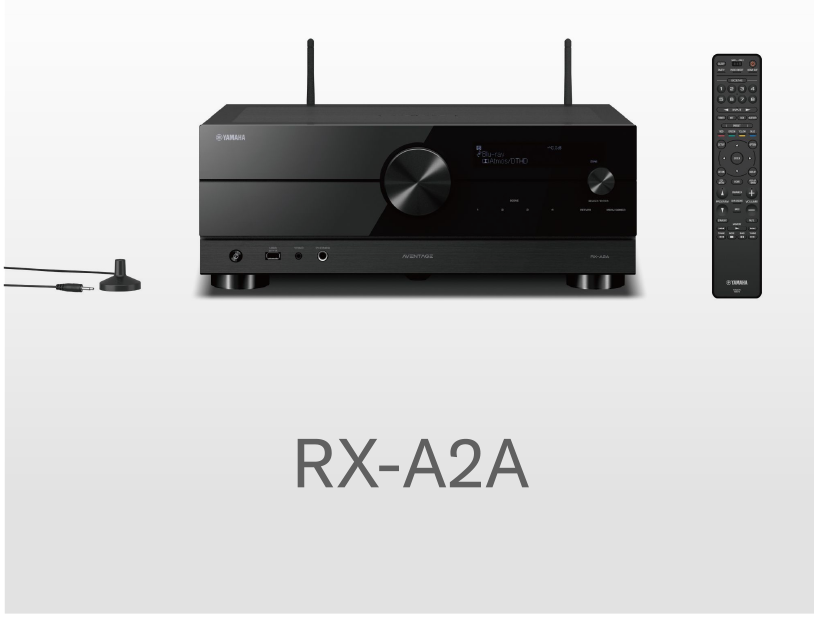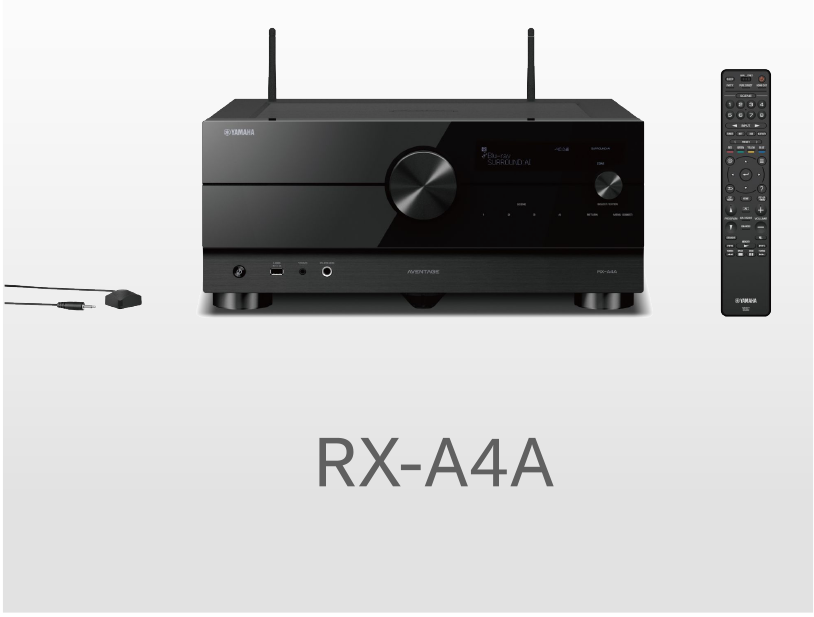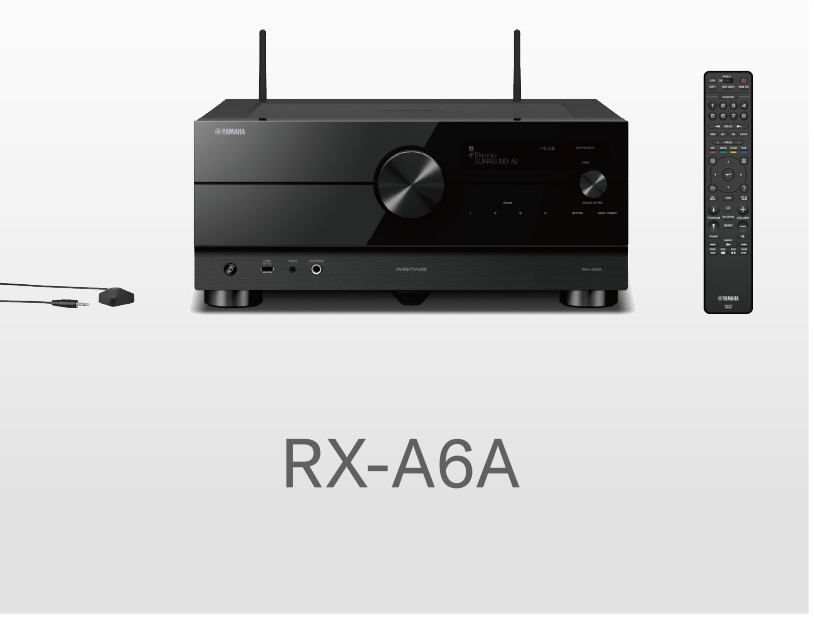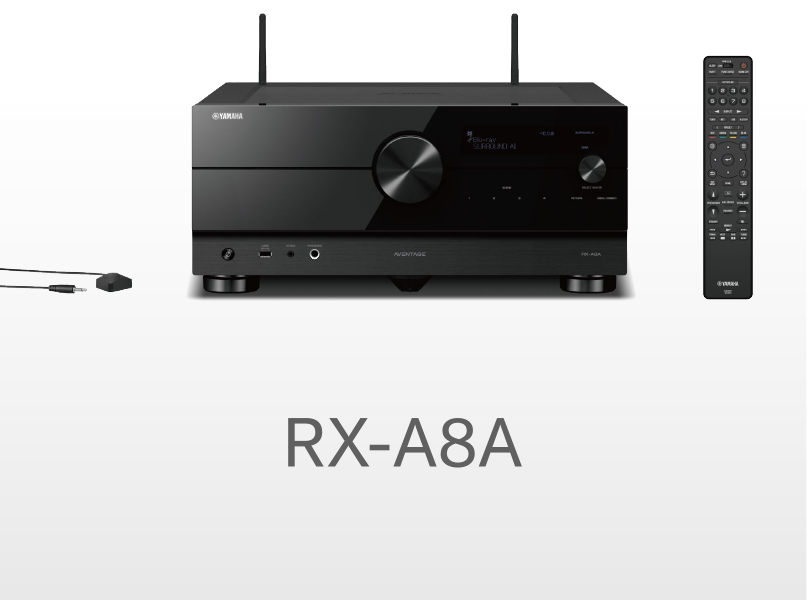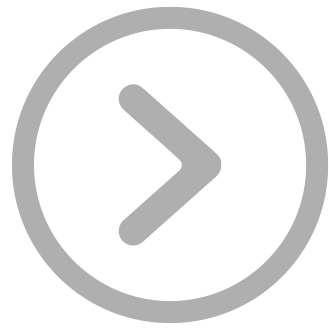

AV Receiver is fundamentally part of a term we commonly known as Home Theatre and a home
theatre
essentially a set of setup consist of AV Receiver and Speakers. Surely, some will also want to include the
visual such as a TV or a home projector. The goal behind all this is to recreate cinema experience in a
home environment. The main difference between an actual cinema and a home theatre in my honest opinion
would be :
i) Cinema caters for more than 150 to 250 pax per session while home theatre focuses at you and only you
(More personalized bass and more different contents you can play with, P/S : Quieter without anybody
talking :P)
ii) Not to forget the popcorns! You can even prepare your own foods for your movie sessions
iii) Not limited to movies, you can play your PS5 gaming console, listening to music, having sport nights
with your buddies or something as simple as news, streaming content from your media server, or streaming
online!
Here, a picture of a home theatre setup would help us to understand better:
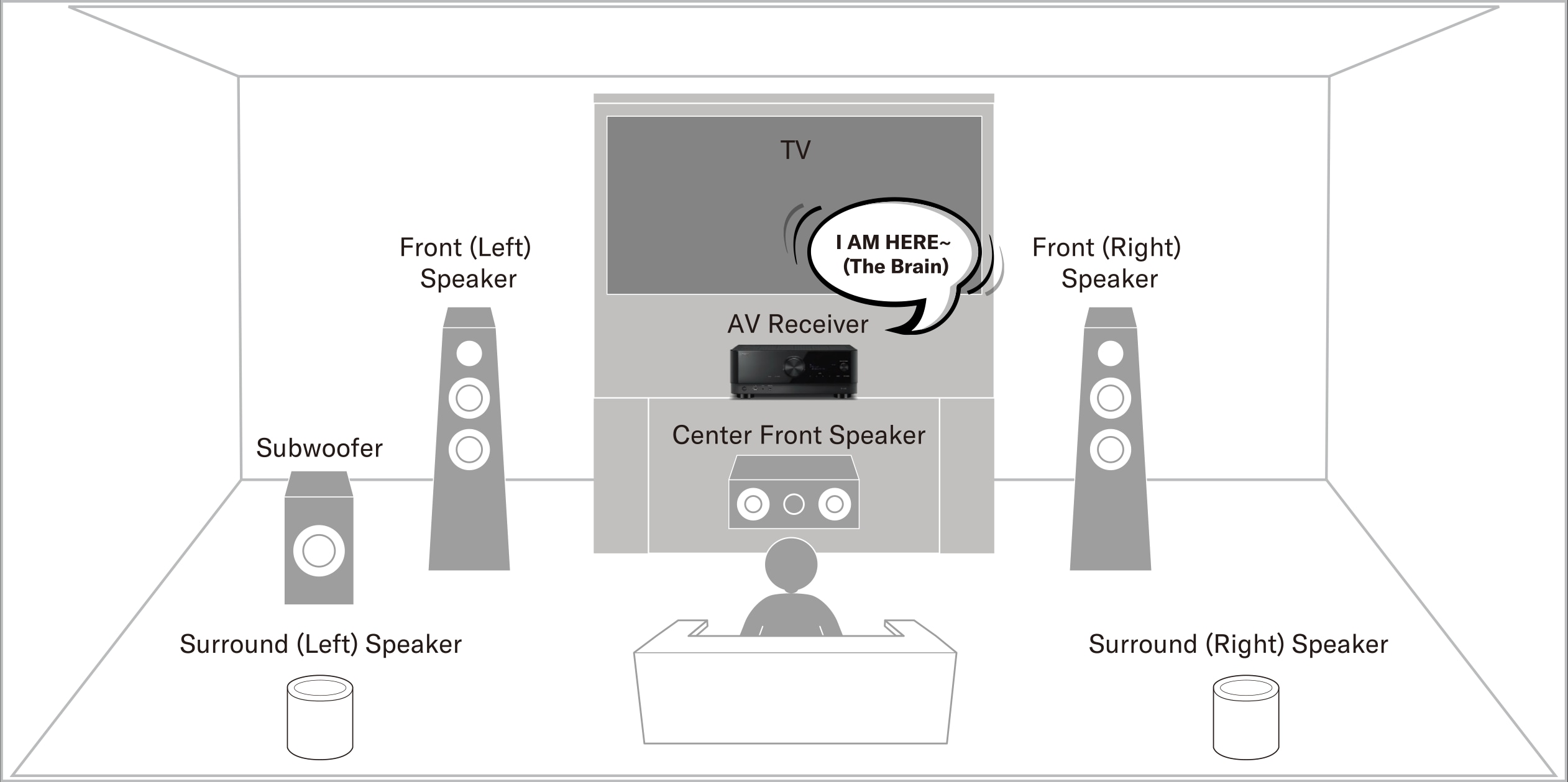
There are plenty of ways to hide the wires away from your vision, this is merely just an illustration of how the signal and speaker works. The above picture shows a 5.1channel (5 speakers + 1 Subwoofer) as you can see the TV is connected to the AV receiver (you can connect your gaming console/Media Box/Streaming tools etc) and then AV receiver will process the audio signal and send it out separately to each different speakers, resulting a fully immersive cinema experience.


Knowing what you are going to connect to your receiver definitely helps, example: Blu-Ray/DVD player, Apple TV, Tv Boxes, Astro, gaming console (Nintendo Switch/ PlayStation 5) etc. Each of your device uses 1 HDMI port, you might face difficulties when your TV does not have sufficient ports for all your devices, Yamaha AV Receiver has a range of 4 to 7 HDMI in ports in all our machines!

Here is an example, HDMI in (Black color panel) are shown to have 7 available ports,
ready to connect all your device, you can even connect your PC/Laptop to the AV Receiver,
Every device that you successfully connect to the receiver,
will get their sound played from the speaker in a cinema quality!
So now, start counting your devices (including those that you foresee you might add on in the future)

Surely, we got our music sources from our input, now we need to choose how many outputs do you need.
Ideally, the more speakers, the better clarity and imaging the setup can perform, however we do not limit
you to even play with just 2 speakers if you have limited space!
So practically, most home use would be 5 speakers, 7 speakers, 9 speakers and 11 speakers.
To understand this, just look at the description of the receiver and it should say whether It’s 5.1
channels, 9.2 channels or what else (The front number means number of speakers,
the rear number means number of subwoofer)
For 7 channels and above, usually you can install the extra speakers
as surround back or ceiling speakers for Dolby Atmos content.
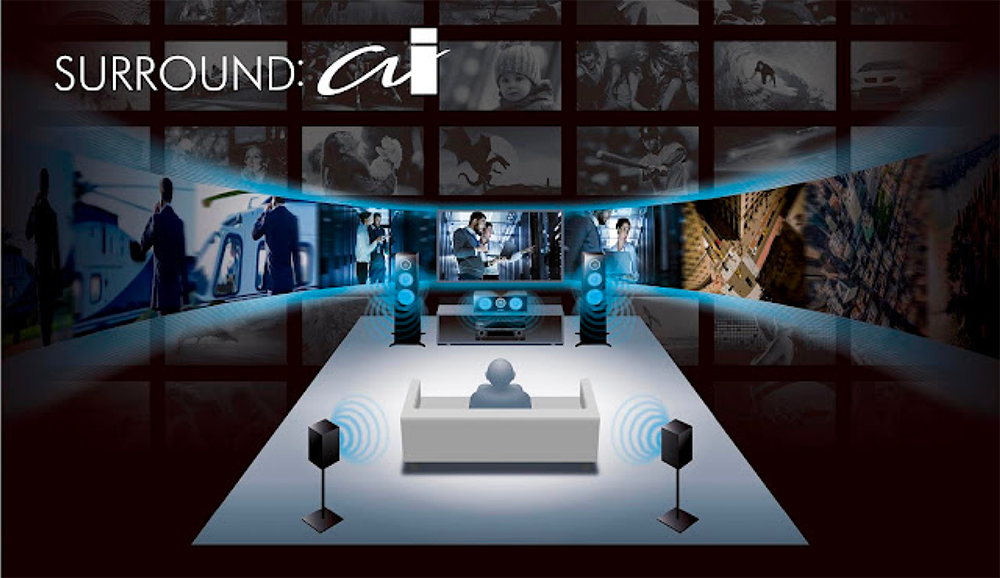

It is important to take note that most AV receivers are now equipped with network (Ethernet/Wifi). And this simply means that your AV Receiver is capable of streaming online contents / streaming files from your PC media server, or using MusicCast if you are using a Yamaha AV Receiver! MusicCast has the capability to control all other MusicCast devices by selecting what you want to play, and a multi-room controller all from your mobile app, forget about remote control!
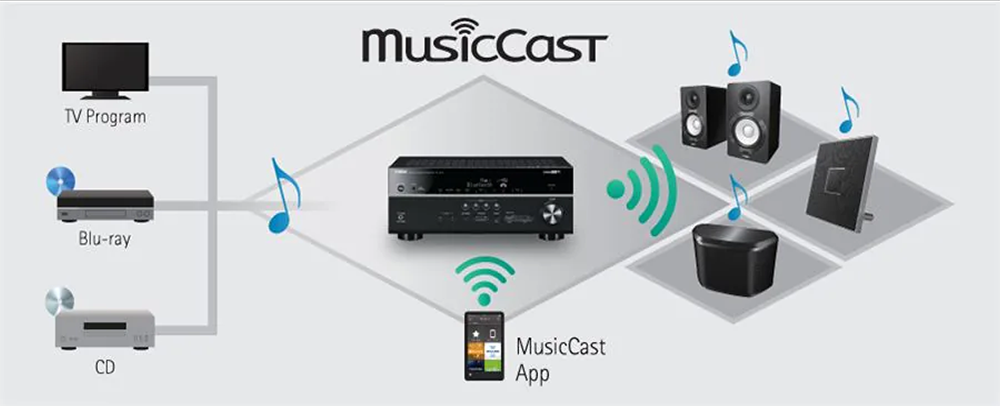

Yamaha Parametric room acoustic Optimizer (YPAO) is a Yamaha proprietary technology used to automatically tune your whole systems based on the acoustics of your room (automatically scan your room for walls and obstacles and later optimize the sound you get)
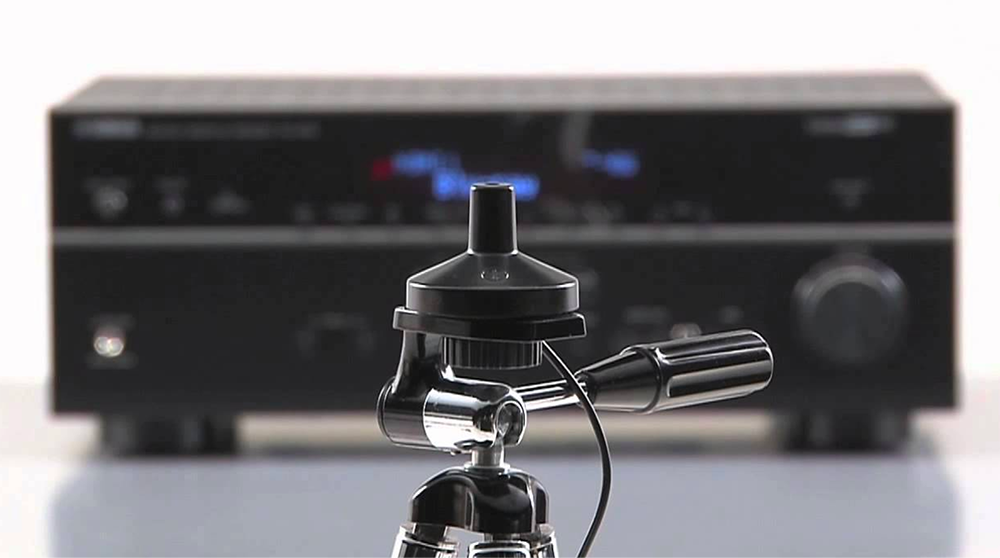

Of course, picture quality is paramount.
If you have a recently purchased a big-screen TV or are planning on buying one in the near future, you’ll
definitely want to pair it with an AV receiver that has the ability to send incoming video to your TV or
projector in up to 4K resolution.
Example the RX-V385 provides support for several enhanced video modes that offer even better picture
quality, including 4K Ultra HD, HDR10, Dolby Vision, Hybrid Log-Gamma and BT.2020; the RX-V4A and
RX-V6A
models up the ante with 8K HDMI passthrough and support for HDR10+, which delivers four
times as
much
brightness as standard HDR.
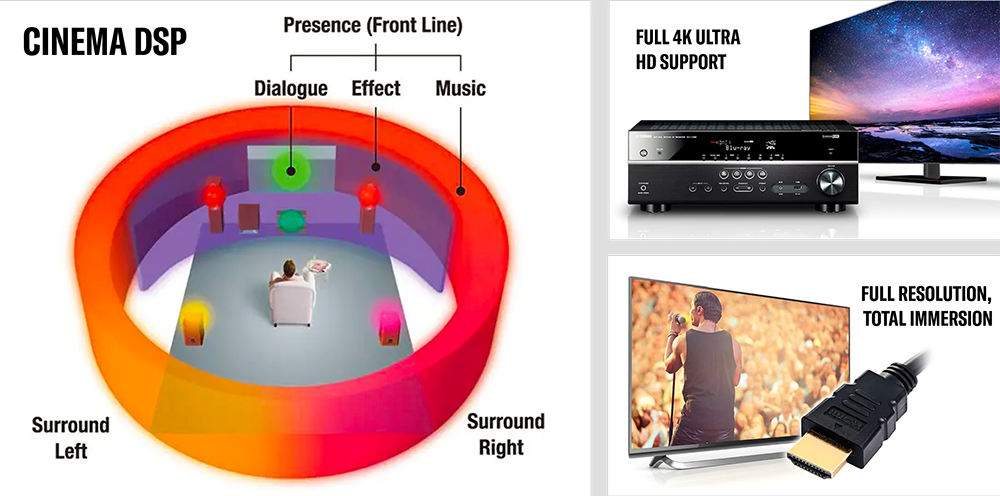

If you’re an avid gamer, you’ll want to choose an AV receiver that provides features specifically designed
to improve the gaming experience, such as ALLM (Auto Low Latency Mode) and VRR (Variable
Refresh
Rate), both supported by the Yamaha RX-V4A and RX-V6A.
ALLM, sometimes known as “gaming mode,” tells the receiver to turn off all of its video processing so that
the delay (latency) to display gaming video is minimized. VRR gives the AV receiver the ability to
automatically vary the frame rate to match the output of the onboard graphics processor (GPU). It enables
more fluid and detailed gameplay by reducing or eliminating lag and judder — jittery images caused by
upscaling to the 60 frames per second (fps) required by a 60 Hz television and above — plus it reduces or
eliminates frame tearing, which occurs when the frame rate exceeds the monitor or television’s refresh
rate.
The end result? More realistic visuals to accompany the great audio being delivered by your surround sound
system. Game on!


There are only a total of 7 different models available in Yamaha, they are all under 2 different
categories
(RX-V and RX-A Series)
RX-V Series
RX-A Series (Aventage)

The major differences between RX-V series and RX-A Series are at their components are of higher quality and capability to support more speaker channels, also not to mention the rated output differences.
Tips : it is not necessary to use all of the channels at first go, you may custom it depending on how many do you need, then save the rest for future upgrades or adding more speakers.

